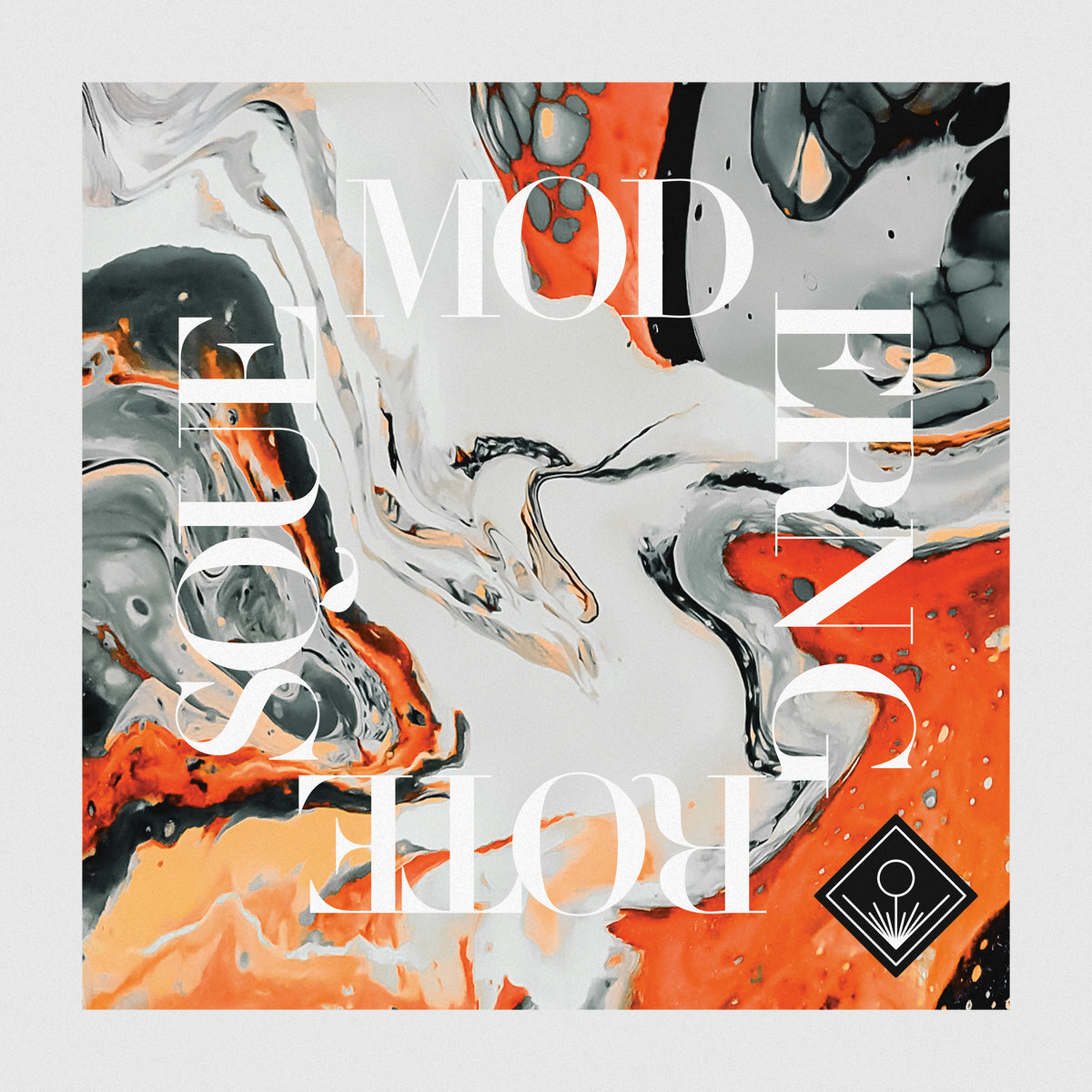Language Lessons is a film about friendship and the kindness of strangers when you need them most. It’s a story about grief, and how it can sometimes be embarrassing, or mean, or make you feel like everything is suddenly out of place.
The movie begins with Cariño, played by Natalie Morales, who is also the co-writer and director, appearing on a video call screen, waiting for her student to arrive. She says hello to an empty, but large, living room. From the furthest point on the frame, which we discover is the bedroom, Adam, played by Mark Duplas, emerges. Confused, he asks “Why are you in my house?” She lets him know that his husband, who is off screen, has paid for 100 Spanish language lessons and that they are to meet every week. They immediately begin to speak in a kind of stuttered, mostly-right Spanish, thanks to Adam’s conversational Spanish classes in high school. But he says his morning routine is important to him, so they move to the pool, where he plunges back and forth from the cold water side to the hot tub. They begin to speak; they get to know each other.
Two people find themselves in a peculiar situation, and then they talk a lot about interesting things. This is the Duplass Brothers way. In Creep, someone responds to a weird ad to hang out with a weird guy, then they talk a lot until conflict happens; in Blue Jay, two old lovers bump into each other in the grocery store of their hometown, then they talk a lot until conflict happens; and in Paddleton, the last movie I saw by Mark Duplass, two neighbors connect, they talk a lot, then something very sad happens for a long time. So I was primed, in a way, when things turned in Language Lessons.
The film is divided into titled lessons where the Spanish language word and pronunciation are set opposite the English word. In the second lesson, which is titled “Comprensión/Comprehension,” Cariño is having a hard time reaching Adam. She calls but he doesn’t answer. She leaves a voicemail. She calls again and he answers this time, but is extremely despondent. In bed, in a dark room, he looks like he’s been through an emotional hell - because he has. His husband has died the night before in a sudden vehicle accident, which he tells Cariño as part of their conversational “lesson.” The playful, strange situation of the first lesson is suddenly behind us. It’s dark and the world is real.
Language Lessons is beautifully acted. Natalie Morales, who co-wrote the movie with Mark, is incredible. Cariño is caring and reserved. She’s embarrassed by some of the situations she finds herself in, but she’s also defensive when Adam tries to help. Making a movie over video calls is challenging. The emotions are hard to portray, the timing is weird. Glitches in the video and audio were left in the film intentionally. But Morales’ performance easily cuts through. There is a scene in the middle of the movie where Cariño calls Adam drunk, at 2:30 in the morning his time. She’s just found out it’s his birthday thanks to some light internet stalking, so she wants to call and sing him happy birthday in Spanish, as a lesson. She’s jubilant in a way we haven’t really seen her in the film. She’s drunk, obviously. But she’s funny and assertive. She’s willing to open up to Adam about her life.
Then, the next day, she dodges Adam’s call. She’s embarrassed. We see her rehearse several video messages to send to him. She tries to tell him she can’t continue their lessons. Something personal has come up and she has to postpone, or maybe refund. But we don’t see the one she sends. He returns voicemails, but there’s no response from Cariño, which puts him at a loss because he thought they were finally able to say the things they wanted to say to each other about friendship.
What Natalie Morales brings to the film as a director is more than her own character depth. The film is expertly paced. From platonic rom-com, to heavy drama, the film flies by effortlessly at one hour and thirty minutes. Plan B, which was her directorial debut, felt very similar despite being much more of a buddy comedy. Although she did not write Plan B, I find it interesting that both films revolve around a platonic, but still almost romantic relationship between two friends. While this may be entirely coincidental, the ability to navigate emotionally deep, authentic friendships can be difficult, especially when there are so many tropes around it in media history, but in both films Morales nails it.
Often media made during the COVID-19 pandemic feels too close or too soon to me, as if I have not accurately prepared myself to be mirrored by the creators I love. Going into Language Lessons, I was nervous about having to see people talk only through video call. But by the end of the film, I was so taken by the performances and the writing that I stopped paying attention to how the film was presented because the story was so strong. The characters were so realized and pure that it didn’t matter how or where or when they were presented. There is no romantic story at the heart of Language Lesson, only the love of new friendship, and that makes it more unique than the format.
Language Lessons is available for rent or purchase on VOD services.



